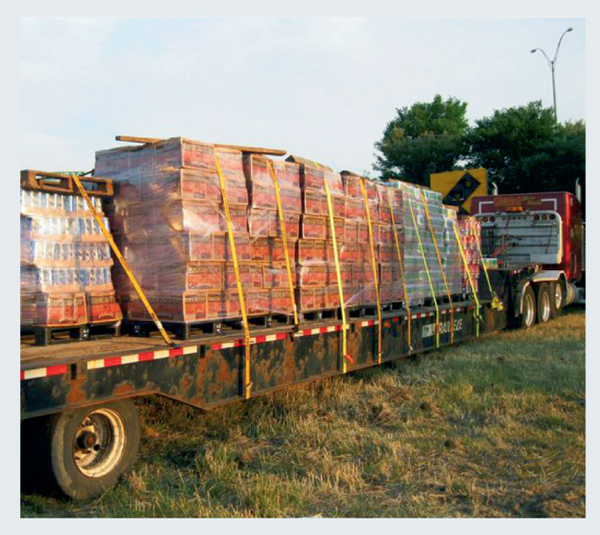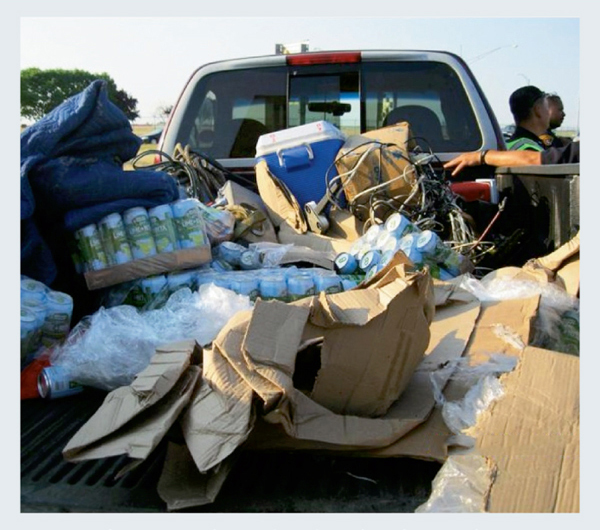“It's a lonely place under the bus all by yourself.” This sayingsums up the concept of subrogation and our attempts to identifyother potentially responsible parties. Subrogation describes boththe legal and equitable right of an insurer to pursue a third partythat caused an insurance loss to the insured. When an insurer paysa claim, the insured assigns all rights to recovery to the insurer,who may then “step into the shoes” of its insured and attempt torecover the monies paid from a third party.
|However, numerous complications can arise. For example, an autoaccident could have elements of negligence or strict liability onthe part of the drivers, mechanics who worked on the vehicles,product liability claims for the auto manufacturer or componentpart manufacturers, computer programming errors, municipalitiesresponsible for roadway maintenance or signage, etc.
|Subrogation supports the principle of social equity/justice(i.e., not allowing the at-fault party to escape responsibility).It also supports the principle of indemnity by serving to preventthe policyholder from recovering in excess of the actual damages(i.e., policyholder cannot recover under the insurance contract andthen seek double recovery by pursuing the at-fault party for thesame damages, since the policyholder's rights of recovery againstthe at-fault party will have been assigned to the insurer via thesubrogation clause of the insurance policy).
|In a recent example, a Crawford & Company-trained adjusterhelped identify and protect a client's subrogation rights in thecase of an overturned tractor trailer carrying a cargo of beer. Forthis claim, the truck was insured for both the physical damage andinland-marine motor truck cargo exposures. While the cargo itselfneeded to be destroyed, the loss triggered several issues,including the public trust/duty to uphold the law, issues oftaxation (alcohol taxes are paid up front and may be recoverable ifproper poof of destruction can be presented), as well as thesalvage value of the cans as scrap.
|
This is the load that left theaccident scene: 19 pallets
|
View of items placed in back of apickup at the scene
|Utilizing an adjuster trained in subrogation principles can helpestablish the condition of the cargo at the scene and document whotook possession of the same and in what quantity. In this case, theCrawford & Company adjuster had photographic documentation ofthe cargo as it went into police possession to be towed to theirimpound lot. So when the cargo was found to be “missing” the nextday, the client was able to document that the police had taken itinto their custody at a secured impound lot. This resulted in aninternal affairs investigation within the police department andpreserved the potential subrogation for the client, who may havesuffered a loss of any remaining salvage value and may have beenunable to recover their liquor taxes in the absence of officiallydocumented destruction. The adjuster further documented the towcompany doing the recovery on scene taking possession of some orthe cargo and storing it in their personal vehicles, thus affordinganother potential avenue of recovery for the client.
|Today, insurance adjusters are increasingly under pressure toreduce claim cycle times to help drive increased customersatisfaction ratings and policyholder retention. With potentiallyhundreds of claims competing for adjuster time and attention,overlooked subrogation opportunities represent missed chances torecover potential funds. Proper training in how to look forpotential subrogation opportunities, understanding legal principlesand exploring all relevant avenues of investigation into sources ofrecovery can help all adjusters be as successful as the one whocracked the case of the missing beer.
|Mark Killion, CPCU, AIC, ARM, ARM-E, PTC, is the marine& transportation product manager of U.S. Property &Casualty for Crawford & Company.
Want to continue reading?
Become a Free PropertyCasualty360 Digital Reader
Your access to unlimited PropertyCasualty360 content isn’t changing.
Once you are an ALM digital member, you’ll receive:
- All PropertyCasualty360.com news coverage, best practices, and in-depth analysis.
- Educational webcasts, resources from industry leaders, and informative newsletters.
- Other award-winning websites including BenefitsPRO.com and ThinkAdvisor.com.
Already have an account? Sign In
© 2024 ALM Global, LLC, All Rights Reserved. Request academic re-use from www.copyright.com. All other uses, submit a request to [email protected]. For more information visit Asset & Logo Licensing.








